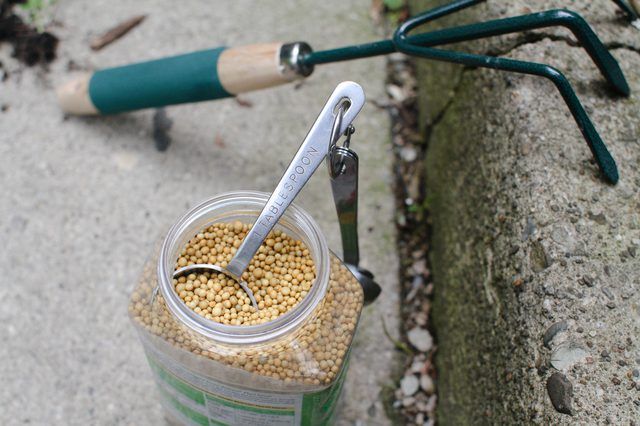Bulbs
Flower Basics
Flower Beds & Specialty Gardens
Flower Garden
Garden Furniture
Garden Gnomes
Garden Seeds
Garden Sheds
Garden Statues
Garden Tools & Supplies
Gardening Basics
Green & Organic
Groundcovers & Vines
Growing Annuals
Growing Basil
Growing Beans
Growing Berries
Growing Blueberries
Growing Cactus
Growing Corn
Growing Cotton
Growing Edibles
Growing Flowers
Growing Garlic
Growing Grapes
Growing Grass
Growing Herbs
Growing Jasmine
Growing Mint
Growing Mushrooms
Orchids
Growing Peanuts
Growing Perennials
Growing Plants
Growing Rosemary
Growing Roses
Growing Strawberries
Growing Sunflowers
Growing Thyme
Growing Tomatoes
Growing Tulips
Growing Vegetables
Herb Basics
Herb Garden
Indoor Growing
Landscaping Basics
Landscaping Patios
Landscaping Plants
Landscaping Shrubs
Landscaping Trees
Landscaping Walks & Pathways
Lawn Basics
Lawn Maintenance
Lawn Mowers
Lawn Ornaments
Lawn Planting
Lawn Tools
Outdoor Growing
Overall Landscape Planning
Pests, Weeds & Problems
Plant Basics
Rock Garden
Rose Garden
Shrubs
Soil
Specialty Gardens
Trees
Vegetable Garden
Yard Maintenance
How to Plant Freesia Bulbs
How to Plant Freesia Bulbs. The sweet scent of freesia (Freesia spp.) rises from the row of small flowers floating on a stem above the fan of sword-like leaves. Planted in drifts across the garden bed, the multicolored flowers brighten the spring garden. The freesia, a native of South Africa, thrives in the warm temperatures of U.S. Department of...
The sweet scent of freesia (Freesia spp.) rises from the row of small flowers floating on a stem above the fan of sword-like leaves. Planted in drifts across the garden bed, the multicolored flowers brighten the spring garden. The freesia, a native of South Africa, thrives in the warm temperatures of U.S. Department of Agriculture plant hardiness zones 9 through 10. In colder climates, freesias are kept as potted plants indoors or treated as annuals. Plant freesias in a well-drained location between September and November, or in USDA zones 8 and below, in spring when the weather warms. They prefer full sun but can tolerate partial shade.
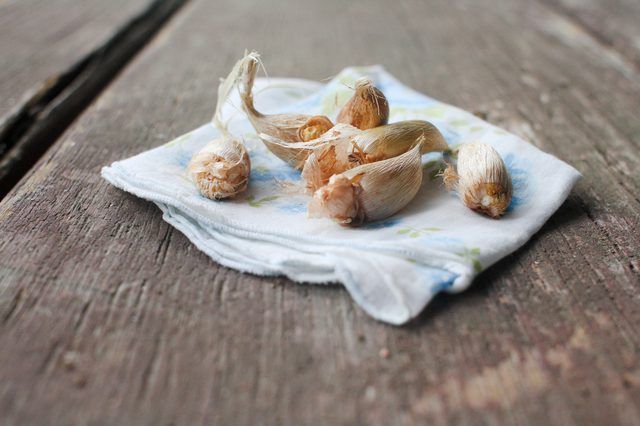
Things You'll Need
Rake
Shovel
Compost
Bulb tool or narrow-bladed trowel
Mulch
Slow-release, 10-12-10 bulb fertilizer
Step 1
Remove weeds, dead plants and other unwanted vegetation from the garden with a rake or shovel. Rake 2 inches of compost over the garden bed. Dig the compost into the soil to a depth of 6 to 8 inches, mixing the compost and soil thoroughly.

Step 2
Sprinkle the garden with 1 inch of water to moisten the soil before planting the freesia corms. If the water stands in puddles for several hours after watering, rake the amended soil into mounds or berms at least 6 inches above the soil's surface to improve drainage or build raised beds.
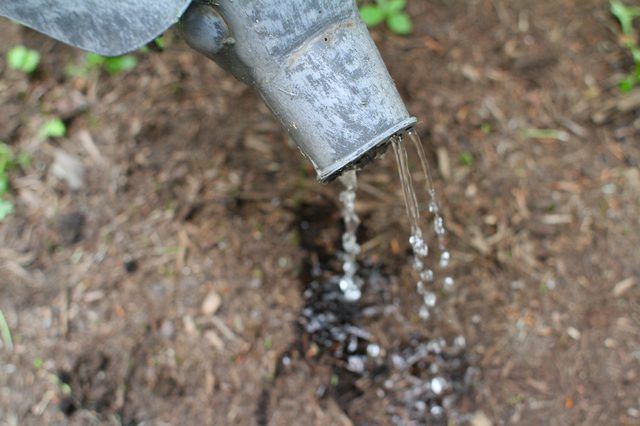
Step 3
Dig holes for the corms using a bulb tool or narrow-bladed trowel. The holes should be 2 inches deep and spaced 3 inches apart. Place one corm in each hole with the pointed end up and cover gently with soil.
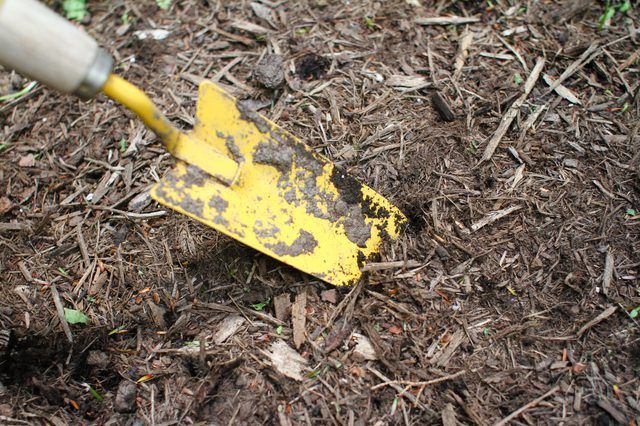
Step 4
Sprinkle the garden with water to eliminate air pockets around the bulbs. Water when the soil is dry, generally once or twice a week through the growing season, but not during the summer, when freesias are dormant.
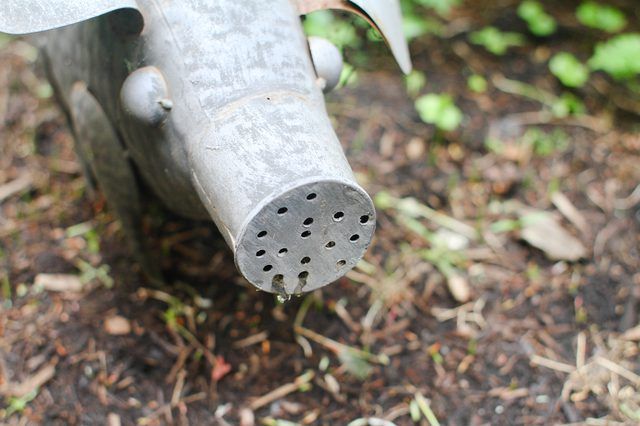
Step 5
Rake a 2-inch layer of mulch over the entire garden bed to help prevent weed growth and to maintain a consistent level of moisture in the soil. Freesias prefer moist but not waterlogged soil.
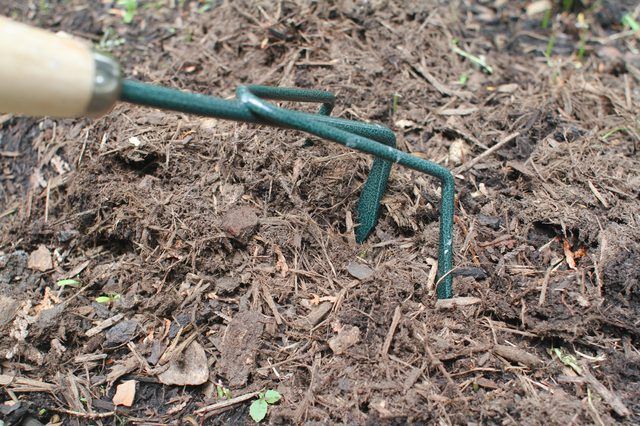
Step 6
Monitor the freesias for pests as they sprout and blossom. Handpick snails and slugs in the early morning, when the leaves are still moist with dew. Rinsing the leaves regularly removes dust, which discourages thripes, while a blast of water knocks aphids and whiteflies off the leaves.
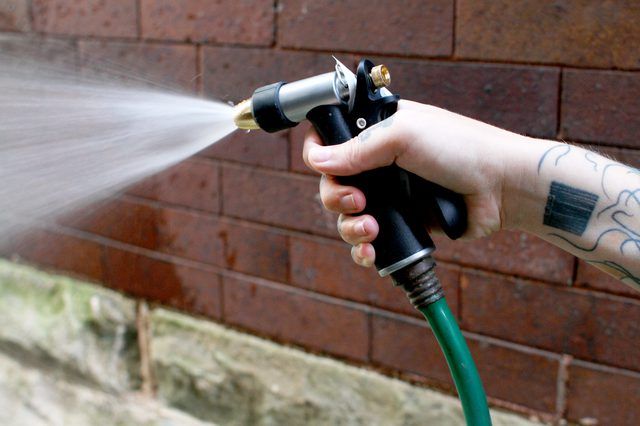
Step 7
Fertilize potted freesias with a slow-release 10-12-10 bulb fertilizer. Sprinkle 1 tablespoon per square foot of soil into the pot and scratch it into the top 1 to 3 inches of soil. Water thoroughly. Reapply fertilizer every two months until the foliage dies back. Freesias planted in an amended garden bed don't require fertilizer until fall arrives. Rake a layer of well-decomposed manure or compost over the garden bed to nourish the corms through winter and spring.
